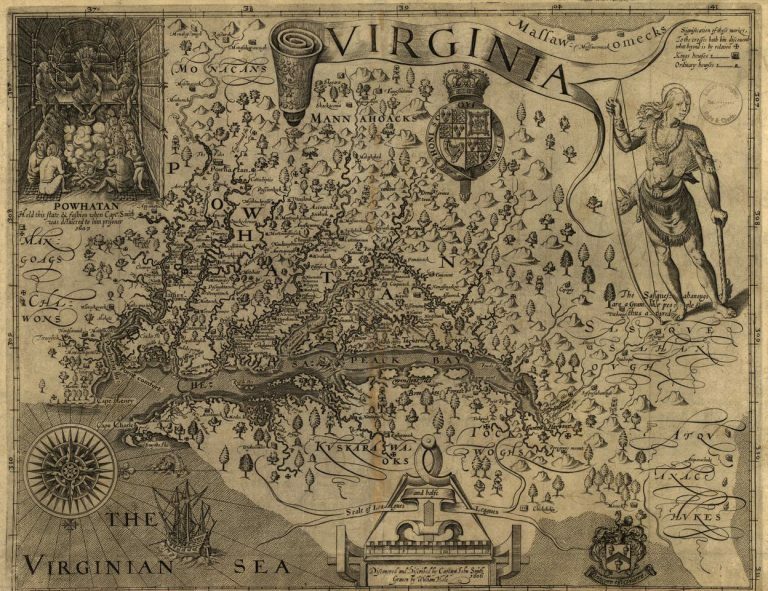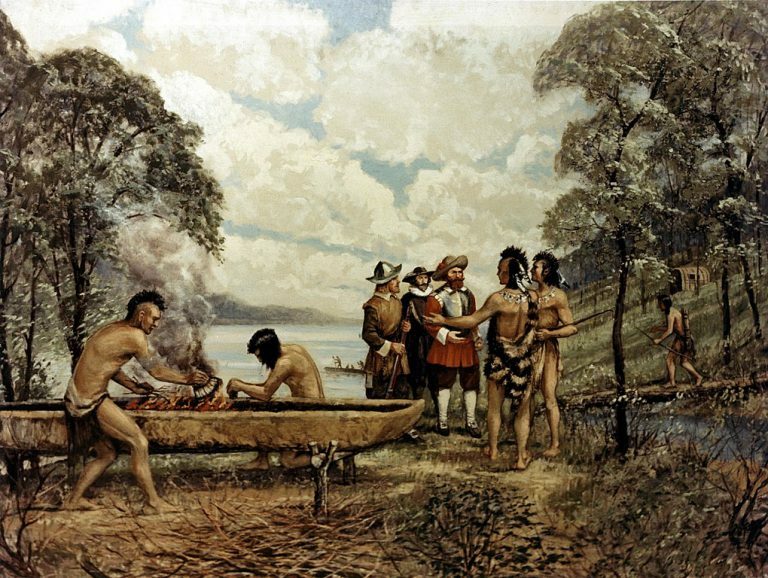Early Explorers of the Ohio River
Early Explorers of the Ohio River
by Ben Morrill, Visitor Center Site Manager
While Native American tribes had lived along the Ohio River for thousands of years, Europeans saw the Ohio River and the lands west of the eastern seaboard as unexplored and unknown territory. As European began opening up the New World, explorers embarked on journeys to chart this new land. These trips into the heart of the North American continent were often dangerous, with disease and starvation plaguing many expeditions. But the efforts of these explorers ultimately opened up the west for settlement, forever changing the landscape of what would become the United States.
The French and Robert De La Salle
Much of early European exploration was driven by finding new trade routes with Asia. Silk and spices were extremely valuable in Europe, but the only known route to Asia was a long, dangerous journey around southern Africa. As a result a result, Europeans began looking for faster, safer trade routes in the east.
Born in France in 1643 and immigrating to Montreal in 1666, French nobleman Rene-Robert Cavalier, Sieur de la Salle hoped to discover new trade routes through the unexplored American frontier, connecting French colonies in the east with Pacific Ocean, for greater access to valuable Asian silks and spices. In the winter of 1668, local tribes told La Salle of a great river that flowed into the sea. Believing this to be the wester passage to Asia he was looking for, La Salle put together an expedition in 1669.
35 days after leaving Montreal La Salle and his expedition reached the southern shore of Lake Ontario. Travelling over land, La Salle and his men spent time with local Native American tribes before continuing to Lake Erie. While La Salle has long been credited as the first European to see the Ohio River, with some claiming his expedition traveled as far as modern day Louisville, KY, historians have found it difficult to find historical records confirming these claims. Regardless, La Salle’s expedition paved the way for further exploration of the lands of the Ohio River.

British Expeditions
Like the French, the British sought a direct route to the Pacific Ocean. In 1673 Major General Abraham Wood sent his friend James Needham and Gabriel Arthur on an expedition westward, with the goals of
establishing trade relations with the Cherokee and finding a water route to the southwest. Two years before in 1671, General Wood sent Thomas Batts and Robert Fallam westward with the expedition reaching as far as modern West Virginia. While Needham and Arthur successfully secured a treaty with the Cherokee, Needham was killed by a member of a rival tribe returning to Virginia.
Meanwhile, Arthur remained with the Native Americans, traveling with them south to Florida and the Gulf of Mexico before returning up the Ohio River to Kentuck, making him one of the first Europeans to travel a significant length of the river. After being gone for nearly a year, Arthur returned to Virginia in 1674, providing General Wood with an account of his travels which General Wood later described in a letter to a friend in London.

Arnout Viele
Considered by many to be the first European to travel the full length of the Ohio River, Dutch explorer and Native American interpreter Arnout Viele’s experience negotiating with Native American tribes on behalf of Dutch interests made him the ideal person to lead a 1692 trading expedition into the Ohio River Valley.
Accompanied by native Delaware and Shawnee tribesmen, Viele left Albany, travelling south through New Jersey, Viele and his expedition travelled along the Allegheny and down the Ohio River as far as southern Kentucky where the Ohio River meets the Wabash. Becoming the first European to travel the majority of the Ohio River, Viele returned in 1694 to a hero’s welcome.
The work of early explorers opened up much the American continent for expansion and settlement. By the mid-1700s Britain and France were fighting over the valuable Ohio River Valley, culminating in the French and Indian War and an ultimate British victory.

